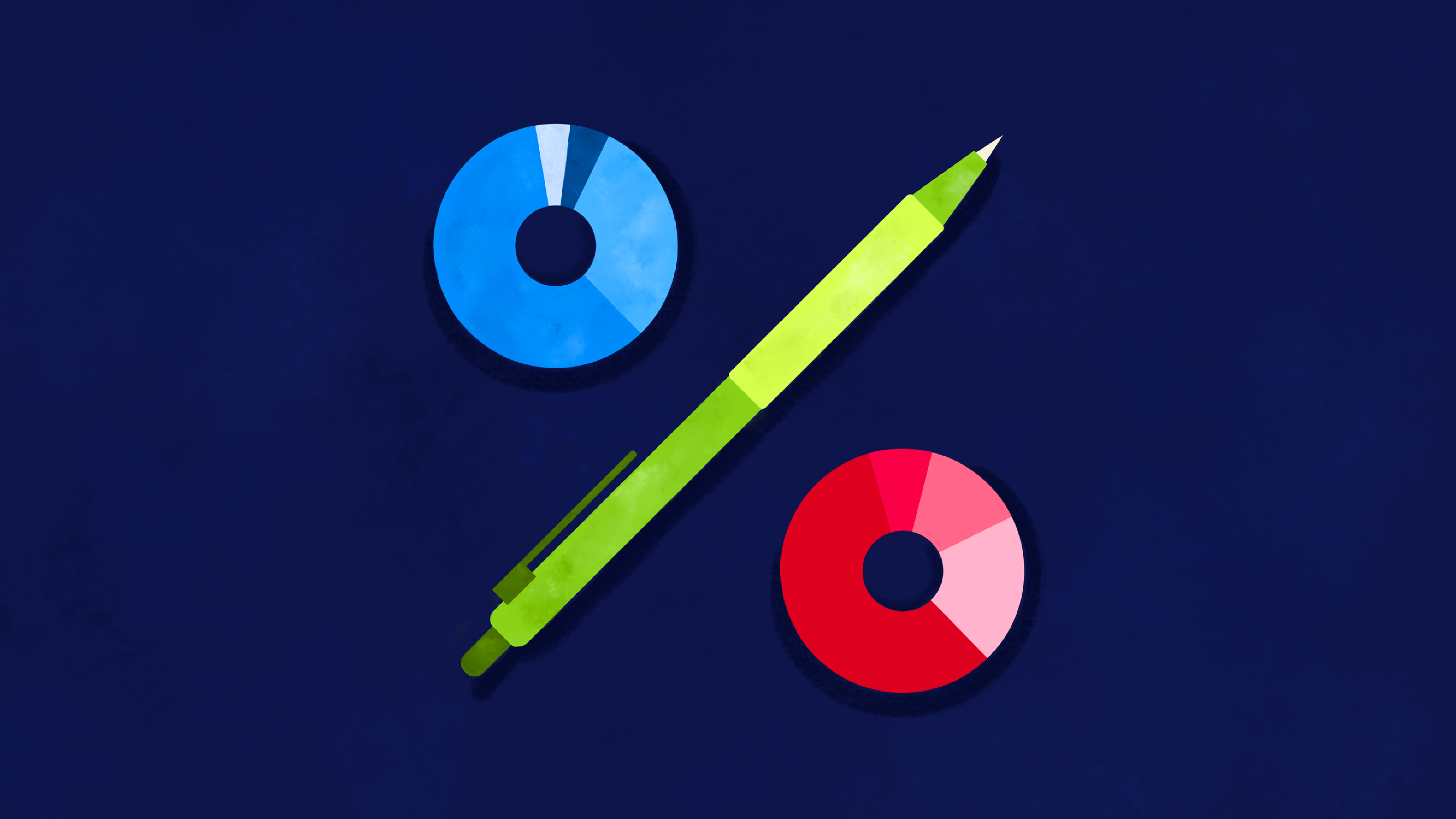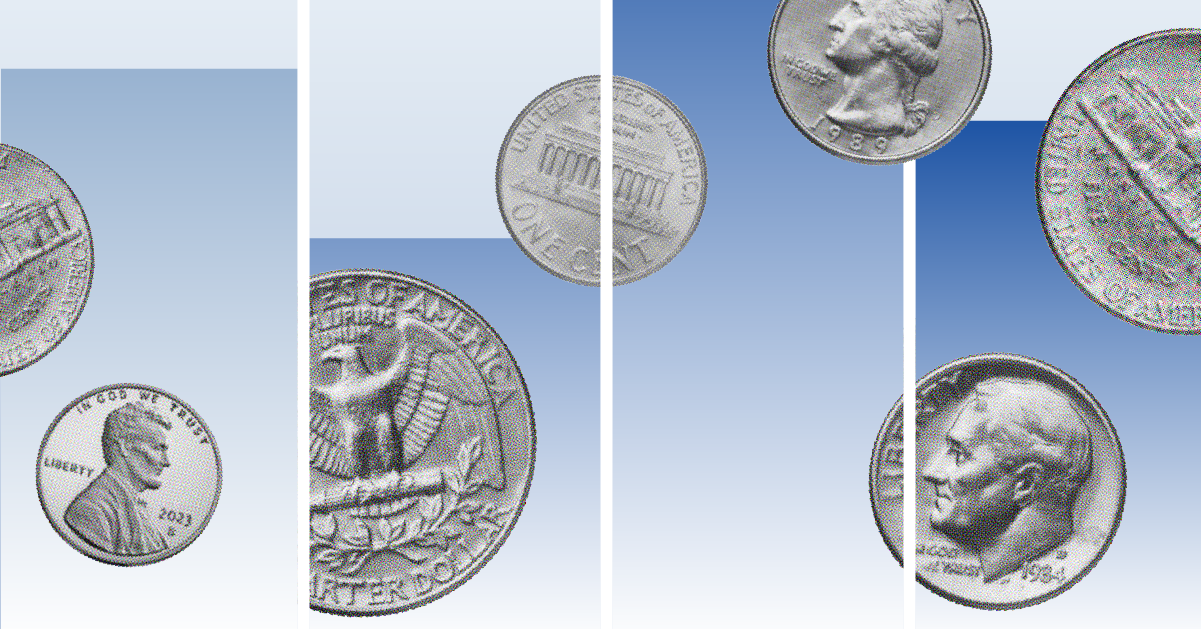I spent the first half of my twenties racking up debt and the second half paying off that debt, and I'm certainly not the only one. Easy access to credit cards and student loans can contribute to a lifestyle that starts out with debt and only gets worse as time goes on and spending pressures increase. Though it seems fair to say that most people view their credit cards as a slippery slope into debt, for the past few years data have shown that there are more credit cards registered in the U.K. than there are people.
While some of us don't use credit cards or do remember to pay our balances in full each month, debt can be a serious problem for those of us who rack it up. So, how do you get out of debt? Here are five steps to help you eliminate your debt and set yourself up to avoid problems in the future:
1. Know what you owe
Figure out exactly whom you owe and for how much. Make a list of all your debts, minimum monthly payments, due dates, and interest rates. Rank your debts in order from those with the highest interest rates to those with the lowest. Determine which debt (if any) is worth keeping. For example, it may make sense to keep mortgages and student loans. Not many people can afford to own their property outright these days--certainly not most first-time buyers--so a mortgage is often an unavoidable debt. This article can help you decide whether you can afford to buy or would be better off renting. However, if you let your property it's worth remembering that the interest on your mortgage can be offset against your rental income for tax purposes. Meanwhile, there's nothing like a good education to set you up for higher income throughout life--the Student Loans Company charges interest at the same rate as inflation, which is notably lower than most bank loan rates. Read more on how students can pay for education after the tuition fees hike here.
When you know what you owe, you should also understand how others view your relationship to debt. Visit this site for a free copy of your credit report (note that you will be charged after 30 days if you do not cancel your free trial). You should review your report at least annually and correct any errors.
2. Set up a budget and pay down your debt
If you don't already have a budget, now is as good a time as any to start one. A budget will help you determine how much debt you can pay off as well as where you can trim expenses to end up with more cash to pay down debt. Click here to try out the UK government's budget calculator. And read this article for tips on how to create a budget you can live with.
Of course, it helps if you can "free up" money to pay down your debt faster. For ideas on how to cut your household costs, read Morningstar.com's "101 ways to cut expenses." In addition, there are numerous Web sites out there that offer money saving tips, such as Money Saving Expert and Frugal Living.
Once your budget is in place, try to carve out as much as you can to pay down your debt--ideally more than just the minimum payments. You can use a debt calculator to help you determine how much to pay on each credit card and how long it will take you to be debt-free. Check out the credit card repayment calculator from Which?
While it might make the most financial sense to pay off the highest-interest-rate debt first, a technique called "debt-snowballing" could have appealing psychological benefits. Debt-snowballing involves carving out an amount to pay towards debt each month and applying the "snowball" amount (plus the minimum monthly payment) to the smallest debt until it is paid off. You then snowball the next smallest debt, and then the next, and so on, until all debts are paid off. In addition to your regular debt-reduction plan, you can also speed up the process by committing to put a percentage of any "windfall" money, such as bonuses, gifts, and tax refunds, towards your debt-reduction plan.
3. Lower your borrowing costs
Get more return from your debt-reduction efforts. Review the recent credit card offers you've received in the mail or compare credit card rates online at sites such as this one. Once you know what's available, you can try to get your current debt holders to match it. Call your credit card companies and try negotiating for lower interest rates. Consider transferring or consolidating higher interest-rate balances--but make sure you know how long the lower rate will last and what the regular ongoing rate will be. Be sure to check if there are balance-transfer fees and then decide if they're worth it.
4. Set up an emergency fund
To keep yourself from falling back into the same credit card trap, you need to set yourself up for future success. An emergency fund is your financial cushion to help protect you from unexpected expenses (like car repairs) or changes in your income (such as losing your job). You should keep this fund in a money market or savings account for emergencies only. How much should you keep in an emergency fund? Start by saving three months' worth of expenses and work your way up to six months'. For more on how to do this, read "Do you have a job-loss safety net?"
5. Live within your means
This is a hard but necessary truth. Stick to cash whenever possible for future purchases. If you don't want to carry cash, use a debit card instead of a credit card. Find one good low-rate card for situations that require a credit card (such as Internet purchases or car hire). Pay it off every month and pay it off on time! You can even look into voluntarily simplifying and downsizing your lifestyle. Seek support and community if it helps you. There are hundreds of Web sites and blogs out there written by people looking to take control of their debt and financial lives. Check out our archived Financial Planning Week content, the Institiute of Financial Planning, and Zen Habits, fror starters.

























